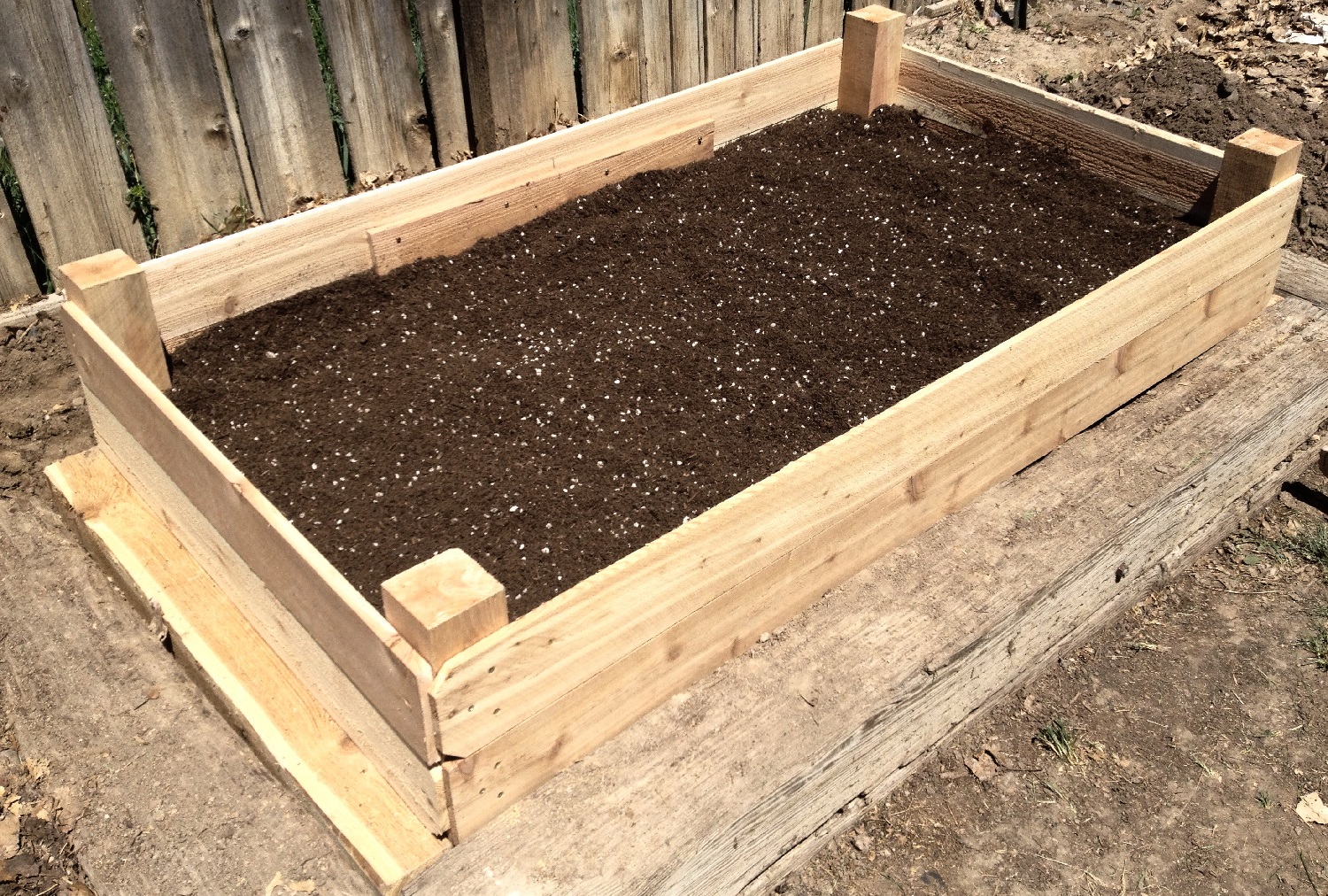Raised garden beds are a great way to grow vegetables herbs, fruits and flowers. The contained space allows you full control over the soil quality and drainage – factors critical to plant health and productivity.
When filling a new raised bed, it is important to layer materials properly to create an optimal environment for plant roots. The ideal soil profile in a raised bed has 4 layers
Layer 1: Coarse Material for Drainage
The bottom layer of a raised bed should consist of coarse materials like gravel, small stones, broken bricks, etc. This layer should be 2-4 inches thick.
The coarse material serves two purposes
- It improves drainage and prevents waterlogging.
- It levels the base and provides stability to the bed frame.
Good drainage is critical as excess moisture can cause root rot. The gravely layer allows excess water to quickly percolate downwards.
Layer 2: Basic Garden Soil
On top of the coarse layer, add a 4-6 inch layer of basic garden soil. This provides the bulk and body to the soil profile.
The ideal soil for layer 2 is loam – the perfect balance of sand, silt and clay. Loam has great water retention yet drains well. It also contains some organic matter.
If you don’t have loam available, use whatever soil type is prevalent in your garden. Add compost to sandy soils or organic material to clay soils to improve texture.
Layer 3: Compost or Manure
Next comes a 2-4 inch layer of compost or well-rotted manure. This organic matter boosts nutrient levels and improves soil structure.
Compost provides a slow-release fertilizer to plants. It also encourages beneficial microbial activity in the soil.
Well-rotted manure offers similar benefits. It should smell earthy, not strong or ammonia-like.
Layer 4: High-Quality Topsoil
The topmost layer should be 4-6 inches of high-quality topsoil. This is where the plant roots will grow and take up water and nutrients.
Purchase topsoil from a garden center or landscape supplier. Avoid using poor subsoil that may contain harmful contaminants.
Ideally, blend the topsoil with 20-30% compost or manure. This gives plants an immediate fertility boost.
Key Tips for Layering Raised Beds
- Don’t use landscape fabric or plastic sheeting. It interferes with drainage and soil health.
- Build beds no more than 12 inches tall. Anything deeper is wasted space for most vegetable roots.
- Locate beds in full sun (at least 6 hours daily) for best plant growth. Part shade can work for greens.
- Refresh the compost and topsoil layers annually. This prevents nutrient depletion over time.
- Allow new beds to settle for 2-3 weeks before planting. Fertilize and amend as needed.
- Group plants with similar needs together. For example, tomatoes with basil and peppers with onions.
- Include fun ornamentals like nasturtiums and marigolds. They attract pollinators and deter pests.
- Don’t walk on wet soil. Use boards to kneel on beds and avoid compacting the soil.
Properly layering materials in a raised bed results in fertile, well-drained soil ideal for growing robust and bountiful edible crops. Follow these guidelines when installing new beds this season. Let your plants thrive in a perfectly designed soil profile.

Layering Soil in a Raised Garden Bed
FAQ
What is the best base layer for a raised garden bed?
What is the best filling for a raised bed?
What do you put in the bottom of a deep raised garden bed?
How do you layer soil in a raised bed?
Using a method called ‘hugelkultur’, you can layer your raised bed with branches, plant waste, and compost – keeping your soil stable and nutritious and roots well-fed! What exactly is soil layering in a raised bed?
Should you layer soil & organic material in a raised garden bed?
Layering soil and organic material in a raised garden bed can help save you money while helping to preserve the best-quality medium towards the top. Using a method called ‘hugelkultur’, you can layer your raised bed with branches, plant waste, and compost – keeping your soil stable and nutritious and roots well-fed!
How do you make a raised bed garden?
Raised bed gardening makes this really simple to do; just add a few more garden beds and whip up some compost. If you’re short on fresh soil, try a bit of Hugelkultur. Take your chainsaw out to an old tree you want to clear, then cut it into blocks that fit into your garden beds.
- A Complete Guide to Caring for Yuki Cherry Blossom Shrub - January 23, 2025
- Identifying Red Hot Poker Seeds: What to Look For When Harvesting Torch Lily Pods - January 23, 2025
- A Complete Guide to Harvesting Evening Primrose Seeds - January 23, 2025
